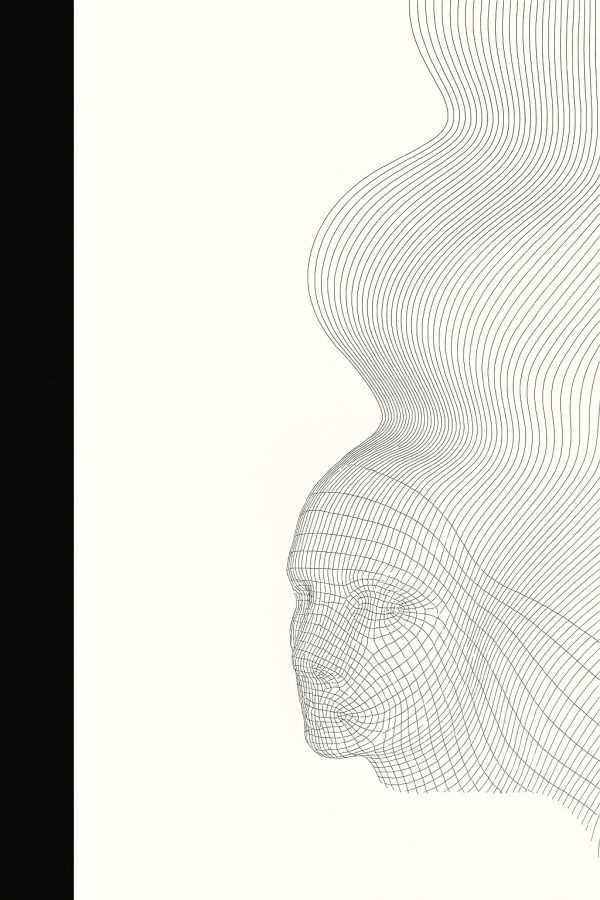Automatic Identification of 3D Facial Biomarkers for Non-Invasive Disease Diagnosis Using Computer Vision and Artificial Intelligence

Facial dysmorphologies have emerged as key potential indicators in the diagnosis and prognosis of genetic, psychotic, and rare disorders. While in some cases these facial traits are evident, in others they may be subtle and imperceptible even to the expert human eye. Traditionally, the study and annotation of facial morphology have been conducted manually, requiring specialised training, being time-consuming, and prone to both inter- and intra-observer variability. In this context, there is a promising avenue for developing objective, automatic, image-based tools that support an early and accurate diagnosis, bringing these technologies closer to clinical practice.
The main objective of this thesis is to develop and integrate techniques from computer vision, artificial intelligence, geometric morphometrics, and 3D imaging for the end-to-end automatic characterisation of facial dysmorphologies. This characterisation aims to identify potential facial biomarkers that are interpretable and clinically relevant, enabling the training of automatic diagnostic models based on three-dimensional information. To achieve this, a fully automated methodology is proposed, covering the acquisition and processing of facial morphology to generate uniform 3D meshes from two imaging techniques -magnetic resonance and photogrammetric scanning-, the encoding of facial shape through the automatic registration of anatomical landmarks, the computation of biomarkers using geometric morphometric techniques, and the training of machine learning-based classification models from these biomarkers.
The methodology is validated using both public and proprietary datasets covering three clinical conditions with varying degrees of facial dysmorphology severity: Down syndrome, Turner syndrome and schizophrenia. Additionally, complementary approaches are explored, including low-cost 3D facial acquisition, the extension of automatic landmarking to other craniofacial structures, and the development of integrated tools that automate and streamline the entire morphological analysis pipeline.
The results support the potential of automatic 3D facial morphology characterisation, both in terms of technical accuracy and diagnostic performance, and show favourable comparisons with indirect benchmarks from state-of-the-art methods. All findings are discussed in light of the generalisation limitations and the bioethical implications of deploying such technologies